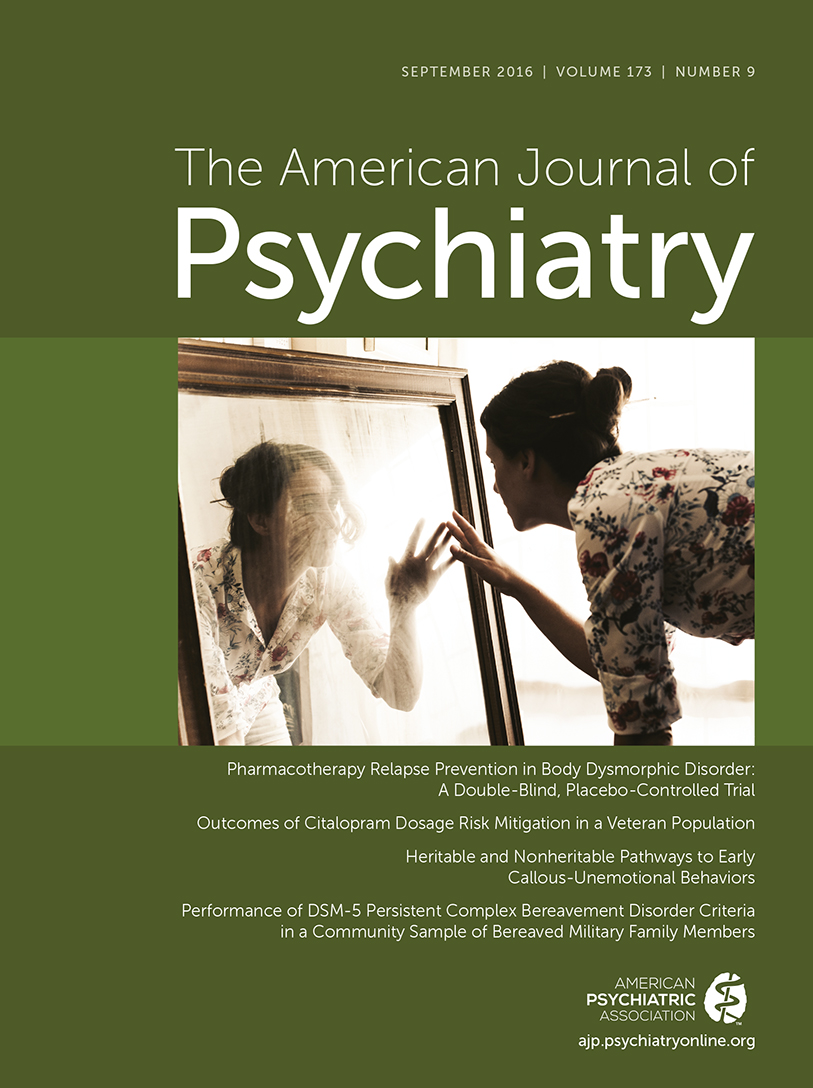Ibuprofen May Increase Pharmacological Action of Valproate by Displacing It From Plasma Proteins: A Case Report
To the Editor: Valproic acid (VPA), an inhibitor of several enzymes, can also induce aripiprazole, clozapine, olanzapine and, possibly, its own metabolism (1). Psychiatrists usually measure total concentrations of VPA serum, but its activity (including inhibitory and/or inductive properties) is determined by free concentration values. Drugs highly bound to plasmatic proteins, such as ibuprofen, can increase free concentrations of VPA by displacing VPA from plasmatic proteins (2, 3).
In an orthopedic case (4), adding ibuprofen to VPA was associated with a reversible decrease in total VPA concentrations. After finding a similar psychiatric case (1), we interpreted both as cases in which ibuprofen increased free VPA concentrations and subsequently led to VPA auto-induction manifested by a temporal decrease in total VPA concentrations. We report a second psychiatric case, which is the third published case, in which ibuprofen was also associated with a decrease in total VPA concentrations:
A 20-year-old Spanish Caucasian male nonsmoker with treatment-refractory schizophrenia took clozapine and VPA at night. Steady-state early-morning serum concentrations were measured by a laboratory that does not measure free VPA concentrations. Drug clearance was estimated by calculating concentration-to-dosage ratios (1). Before ibuprofen, the total VPA concentration was 41.85 μg/mL (dosage=700 mg/day; concentration-to-dosage ratio=0.060) and was 305 ng/mL for clozapine (dosage=250 mg/day; concentration-to-dosage ratio=1.22). After 16 days on ibuprofen (dosage=1,800 mg/day), the total VPA concentration decreased to 29.31 μg/mL (dosage=1,000 mg/day; concentration-to-dosage ratio=0.029), while clozapine clearance did not decrease (475 ng/mL; clozapine concentration-to-dosage ratio=1.90). Drug compliance was verified by the patient and his mother. On day 30, 14 days after ibuprofen discontinuation but still on the same dosages of the psychiatric medications, the VPA concentration was 19.14 μg/mL (valproate concentration-to-dosage ratio=0.019), with 399 ng/mL for clozapine (clozapine concentration-to-dosage ratio=1.60). On day 58 (42 days after ibuprofen discontinuation), the VPA concentration increased to 86.00 μg/mL (dosage=1,200 mg/day; valproate concentration-to-dosage ratio=0.072). On day 100 of the same dosages, VPA concentration was 83.48 μg/mL (valproate concentration-to-dosage ratio=0.070), with 491 ng/mL for clozapine (clozapine concentration-to-dosage ratio=2.00).
Ibuprofen treatment was associated with an increase in VPA clearance (valproate concentration-to-dosage ratios, 0.019 and 0.029), which disappeared ≥6 weeks after ibuprofen discontinuation (valproate concentration-to-dosage ratios, 0.072 and 0.070) with no increase in clozapine clearance. As in prior cases (1, 4), ibuprofen likely increased free VPA serum concentrations, the active VPA fraction, causing a self-induction of VPA metabolism. Ibuprofen and other anti-inflammatory drugs can increase the free VPA fraction but, depending on the specific vulnerability of each patient, can manifest as VPA toxicity (2) or VPA and/or clozapine induction (1).
This is the third case in which adding ibuprofen was associated with a decrease in total VPA concentrations. Psychiatrists should order free VPA serum concentration tests to better diagnose this neglected drug-drug interaction. In our experience, VPA toxicity (2) and drug metabolism induction (1, 4) have been described as manifestations of VPA displacement from plasmatic concentrations.
1 : Reduction in serum concentration of valproic acid secondary to the intake of ibuprofen as an example of valproic acid auto-induction metabolism. Actas Esp Psiquiatr 2016; 44:136–144Medline, Google Scholar
2 : Valproic acid toxicity associated with low dose of aspirin and low total valproic acid levels: a case report. J Clin Psychopharmacol 2009; 29:509–511Crossref, Medline, Google Scholar
3 : An interaction between aspirin and valproate: the relevance of plasma protein displacement drug-drug interactions. Am J Psychiatry 2006; 163:1891–1896Link, Google Scholar
4 : Side effect of ibuprofen and valproic acid. Orthopedics 1998; 21:264–270Medline, Google Scholar



